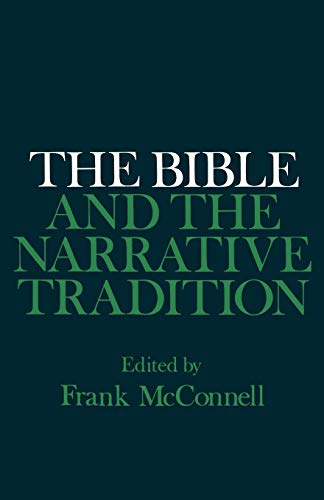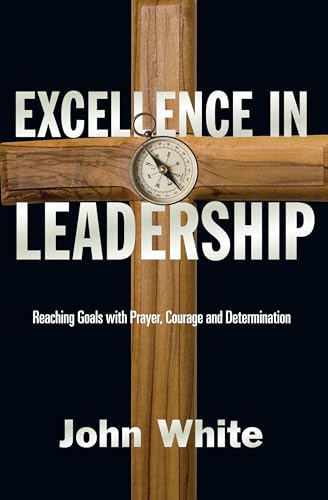The Health and Wealth Gospel: What’s going on Today in a Movement that has Shaped the Faith of Millions?
Written by Bruce Barron Reviewed By António Barbosa da SilvaThis is a very significant book for various reasons. I shall single out here what I find to be most relevant and constructive in the current discussions about ‘The Health and Wealth Gospel’ controversies.
First, the book is a description and constructive analysis of one of the most important religious movements within Christianity, to which different names have been given in different cultural contexts. Barron calls it ‘The Health and Wealth Gospel’; its adherents or defenders in both the USA and Sweden call it ‘The Faith Teaching’, while it is called the ‘Theology of Glory’ in Norway and ‘The Theology of Success’ in Sweden and Norway. It can also be called ‘The Faith Teaching Movement’ (hereafter FTM). The FTM is shaping the faith of millions of people in many parts of the world, particularly America, Europe, Africa (e.g. Ghana and South Africa) and Asia (Taiwan).
Second, it analyses the writings of the most prominent FTM teachers, such as Hobart Freeman, Kenneth Hagin, Kenneth and Gloria Copeland, Oral Roberts, Charles Capps, E. W. Kenyon, Fred Price, and T. L. Osborn. Third, unlike many other books and articles criticizing the FTM, this book is a well balanced account of the central themes of the FTM, and a constructive critique of what the author considers to be the FTM’s negative as well as positive aspects. To achieve this balance, the author uses the following strategy. He concentrates on what he takes to be the basic message of the FTM (which he analyses in the light of the Bible); takes the preachers and adherents of the FTM seriously; relies ‘… almost solely on written materials’ (p. 172) because he thinks such materials ‘have been prepared with great care’, are usually the basis for what is presented in tapes and radio programmes produced by the FTM, and also would make ‘independent verification of the author’s findings easier’ (p. 172).
Fourth, at the end of the book the author presents a more or less detailed account of his specific methodology. Both he and his wife have participated in various meetings held by the FTM, in which personal healing was experienced; the author had previously enrolled himself in Kenneth Hagin’s Rhema Correspondent Bible School (from Tulsa, Oklahoma), a course which lasted three years, covering 83 books and other materials. He compares the FTM with other rival movements like the pentecostalists, and compares the faith preachers with respectable and recognized healing-preachers like Kathryn Kuhlman and Father Francis MacNutt (p. 157f.); he takes the Bible as the ultimate criterion for what can be regarded as an authentic or reasonable Christian theology. Here the author adopts a hermeneutic principle according to which ‘there exists a meaningful standard of orthodoxy’ (based on his belief that there is ‘more continuity than discontinuity’ in the ‘history of the Christian doctrine … against which new doctrines can be tested’, p. 173). Another important principle of interpretation for the analysis of the materials is what can be called here the author’s own principle of generosity, formulated as: ‘If face to face with the person I am criticizing, would I be willing to speak the words I am writing for publication? If not, then those words are not appropriate for publication’ (p. 174). The application of this interpretative principle to the FTM gives the book its constructive originality which in turn makes it a balanced critique regarding, among other things, its way of approaching a very controversial movement which is loved by many people but also criticized by many others. Barron holds that the most extreme ‘faith preachers’ are Hobart Freeman and Kenneth Copeland, with respect to the ‘health and wealth’ messages respectively (pp. 21–23). The author shows in a convincing way what the Bible says about health and wealth, discusses the obvious connection between the FTM and positive thinking (positive confession), the latter playing a fundamental role in the FTM.
It is not possible to do justice to the whole book in the space available here. The reviewer has noted some of what he finds to be interesting points but has left out other important ones. He has emphasized those aspects and the author’s methodology, which together with the author’s humbleness, generosity, and wide and deep knowledge of theology in general, make the book an excellent and prominent contribution among books which are critical of the FTM. The reviewer finds very little to disagree with. Perhaps the author would have helped some of his readers more if chapter 6 (the last one) had ended with a summary of what exactly are the positive achievements and the negative sides of the FTM. Further, in discussing e.g. controversial personalities like Hobart Freeman and the Copelands, it is of great importance to distinguish sharply between intentional, reasonable and reconstructive interpretation. As Barron points out, ‘the faith teachers’ have good intentions in their effort to preach a ‘full gospel’, but since they have, inter alia, bad biblical hermeneutics, the results they achieve contradict their good intention. Barron seems sometimes too modest and therefore does not stress enough the discrepancy between his own well made constructive analysis (based on a reasonable interpretation of the Bible and the FTM’s message), on the one hand, and the good intentions of the faith preachers and the bad results of their preachings, on the other hand. Anyhow, the reviewer finds the book well written and so done in a style which all categories of readers can understand without much theological learning. The reviewer recommends it especially to those who are for any reason engaged in criticizing or learning more about the FTM and similar types of new religious movements, within or outside Christianity.
António Barbosa da Silva
Uppsala University






